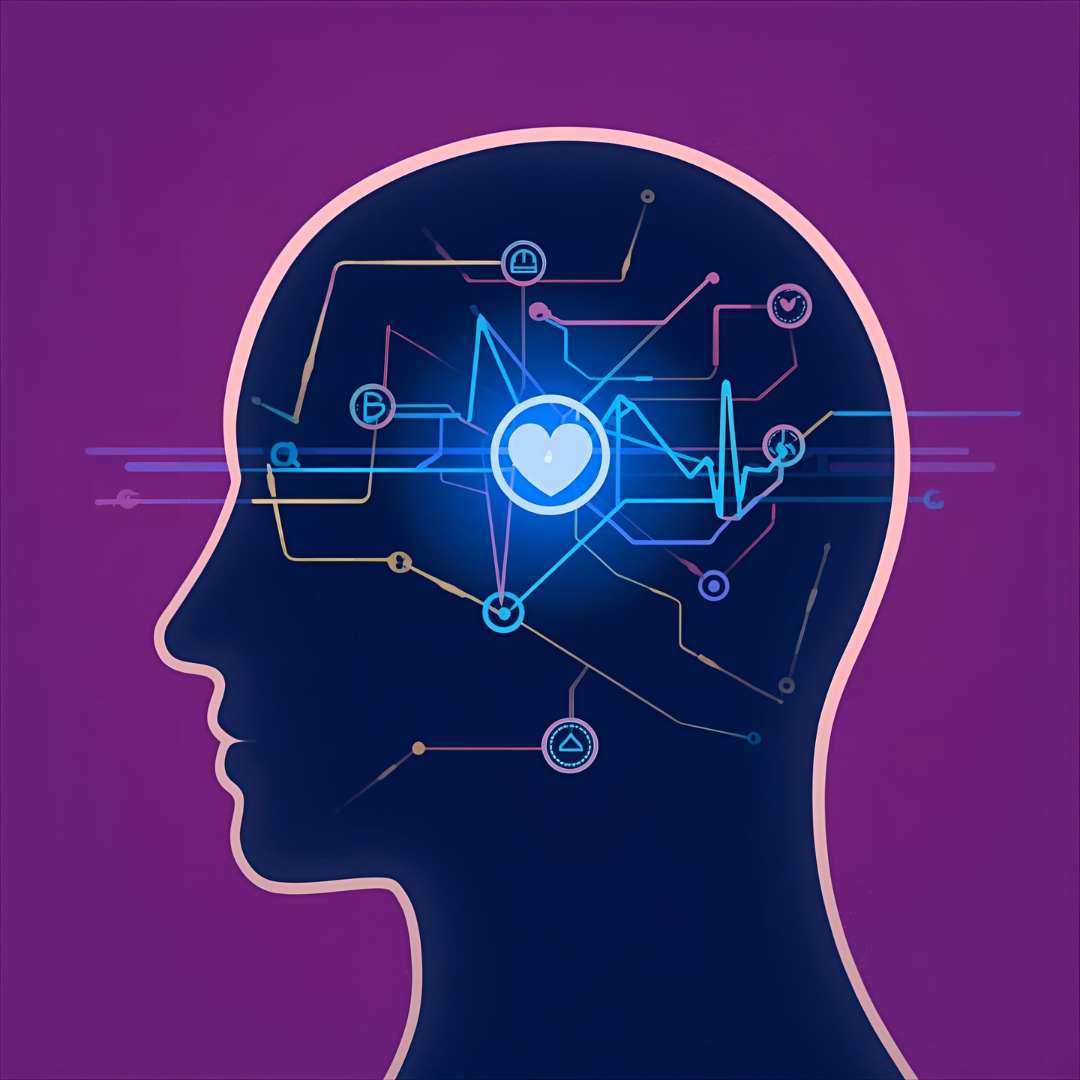There are chatbots that are for mental-health care, and there are chatbots not for that purpose but are nonetheless a go-to for users looking to chat about their mental health.Â
The Five Most-Key Takeaways from This Blog Post
- Woebot and Wysa are just two examples of mental-health chatbots.Â
- Despite the availability of mental-health chatbots, plenty of people regardless go to chatbots not qualified to perform mental-health care. Examples include ChatGPT and Character.ai, where users can even find “therapist” character chatbots to chat with.Â
- Some mental-health care practices are experimenting with implementing chatbot assistantsfor patients. These chatbots can help patients connect with mental-health resources even when their human mental-health-care providers are unavailable.Â
- One could realistically see other potential applications for chatbot integration in mental-health care. For instance, in aiding psychiatrists in quickly finding and synthesizing information.Â
- Research has shown that using chatbots for mental health can actually be effective in some cases, notably for alleviating depressive symptoms and distress.Â
The Significance for Business Owners
Chatbots are becoming increasingly applied to serious work, one of which is treatment for mental health issues.Â
However, suppose the tech industry is able to improve chatbots to the level where the A.I. will offer an appropriate response at a rate matching or even exceeding that of a mental health professional.Â
In this case, what are some aspects of chatbot–human interactions that limit chatbots’ efficacy in mental health care?
For one, lack of common sense. If you have any jokes about some humans also lacking common sense, get it out of your system. The thing about A.I. is that it simply cannot have common sense no matter what developers do. No matter how comprehensive A.I. data collection gets (e.g., sending out robots into the world to get a better sense of how it works), at the very least, chatbots cannot feel emotions.Â
Here is a quick test to run on a chatbot to see the issue of common sense at work: Say you are planning on doing a time-sensitive thing (e.g., getting a tattoo), then immediately after the chatbot’s response, say you have done that thing. The chatbot will not call into question the fact that within a matter of seconds you were planning on doing something that would take far longer than those seconds, to having done it.Â
Talk Therapy vs. “Chat” Therapy
Considering the weaknesses and issues of using chatbots in mental health, the distinction between talk therapy and chat therapy is well worth observing.Â
Talk therapy is therapy with a human being. Chat therapy is therapy with a chatbot.Â
Though it is worth noting that in current incarnations of chatbots, the user is not having a true face-to-face chat with the chatbot, things are just heating up for A.I. development.Â
That thought is worth noting because pointing to features of talk therapy such as talking with an interlocutor who can see your face and hear your voice may well be a feature of future chatbots with sophisticated computer vision.Â
However, the point still stands that talk therapists’ inner emotional life can be a key influence in the therapist’s mental models of patients’ mental-health conditions. Chatbots will never feel emotions and so will lack this empathetic advantage that humans have.Â
Chatbots will also always lack common sense. You can test this for yourself by presenting ChatGPT with an absurd (though not impossible or entirely implausible) situation, such as saying you are at a party and there is an elephant in the room and you need advice for how to get it out.Â
The Last (But Not Least) Key Takeaway from This Blog Post
Mental-health chatbots have definite weaknesses that tech developers will never be able to compensate for in design. For this reason, it is most wise for mental-health-care providers and practices to consider chatbots as assistants rather than full-on automated care providers.Â
Other Great GO AI Blog Posts
GO AI the blog offers a combination of information about, analysis of, and editorializing on A.I. technologies of interest to business owners, with especial focus on the impact this tech will have on commerce as a whole.Â
On a usual week, there are multiple GO AI blog posts going out. Here are some notable recent articles:Â
- For Businesses and Other Organizations, What Makes a Successful Chatbot?
- IBM Watson vs. ChatGPT vs. Gemini: How Will Each Affect Search Engines?
- Using A.I. to Find Resources for Business Owners
- How Would Restricting Open-Source A.I. Affect Business Owners?Â
- The EU’s A.I. Act Has Become Law: The Implications for Business Owners (Especially American)
In addition to our GO AI blog, we also have a blog that offers important updates in the world of search engine optimization (SEO), with blog posts like “Google Ends Its Plan to End Third-Party Cookies”.Â



